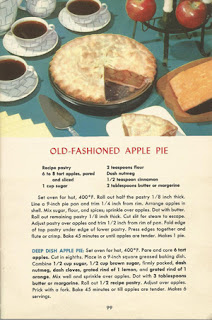1950s ladies house dress
A 1950s woman had to always, look elegant and clean. New inventions in house cleaning and cooking appliances made her day easier. Looking exhausted, like a hot mess was not acceptable, or so she was told over and over again by TV, radio ads, and newspapers.
Comfort was key. The full skirt of gathered fabric (5 yards at least) with a thin petticoat underneath made them easy to move in, change bed sheets, make dinner and tend to children. The button down bodice, known as a shirtwaist, was the prime style of house dress. Easy to put on and take off by oneself it had been around for years but the 1950s woman made it her signature day dress.
House dress colors and patterns followed the trends of the year. Trim was minimal. Self fabric details such as small pleats were preferred over large add on trims. The exception to this was wide lace appliqué, small rickrack trim on collars and pockets, and big buttons in white or black. A coordinated belt was optional.
The dresses usually had two patch pockets on the front of the dress or slit pockets built into the sides. These held all kinds of useful things such as clothes pins or a handkerchief. The collar on the shirtwaist dress was usually pointed or a round peterpan collar. Some had no collars, just a round boat-neck or sweetheart opening.
For running errands or visiting friends outside the home a woman did not need to change dresses. Simply adding jewelry, gloves, a belt, a cardigan sweater or bolero jacket was enough to transition her dress out of the house. The women of the 1950s were not to look like a domestic servant even if she acted like one. Fashion was fashionable even when no one would see you in it.













